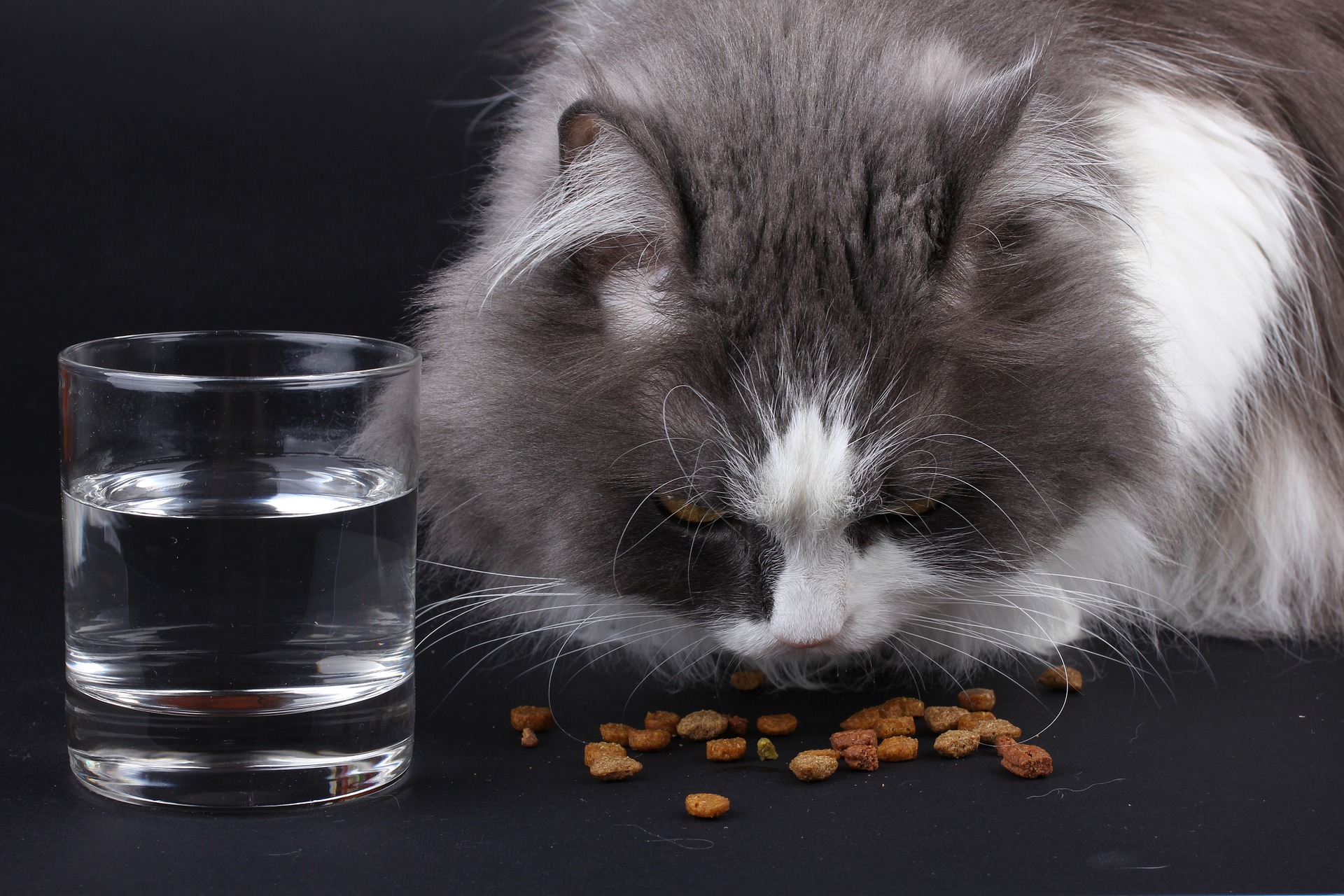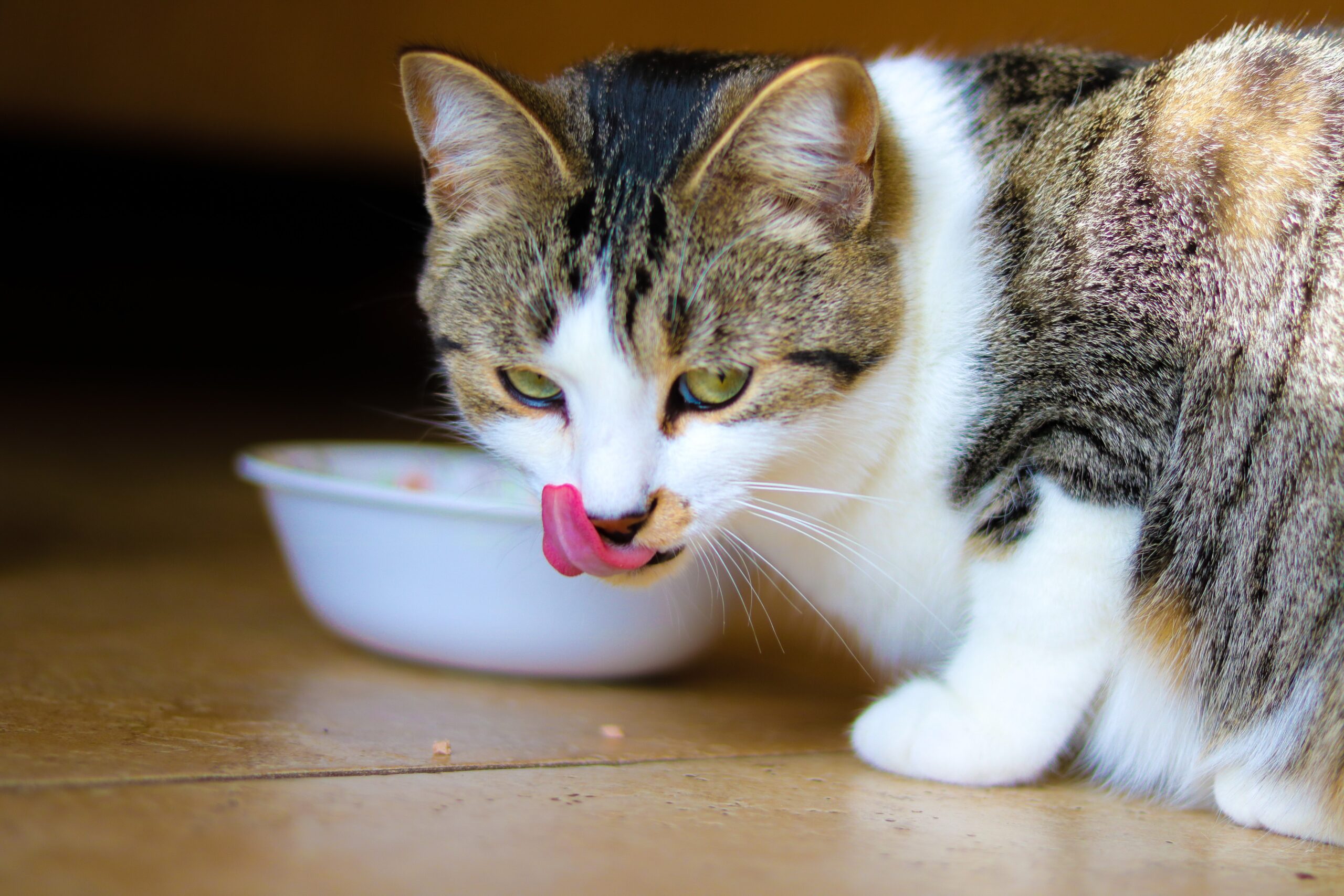
Why You Need To Choose Your Pet’s Food Carefully — The Effect On The Skin
Like humans, pets need a balanced and healthy diet to look and feel their best.
An important aspect of a pet’s diet is the food they eat. The wrong food can hurt your pet’s skin, leading to problems such as scratching, excessive licking, and bald patches. This blog post will list pet food’s effects on the skin and provide tips for choosing the right food for your furry friend.
Scratching
If your pet is scratching more than usual, it could indicate that their food is irritating their skin. Corn, wheat, and soy are the most common foods that cause skin irritation. These ingredients are often used as fillers in pet food and can cause allergic reactions in some pets. If your pet is scratching its skin, it’s essential to take them to the vet to rule out any other medical conditions. In this case, seasoned veterinarians specializing in dermatology recommend that you change your pet’s food to a hypoallergenic diet. This type of food is made with limited ingredients that are less likely to cause an allergic reaction. You can consult a holistic veterinarian to create a custom diet for your pet.
You should also find ways to calm your pet down when they do this because it may damage their skin. The people behind xenpets.com can explain how the right supplement can help them calm down and stop scratching their skin out. Further, these solutions can also help if you notice your pet is scratching due to boredom or anxiety.
Excessive Licking
Another sign that your pet’s food is irritating their skin is if they are licking their fur excessively. This can lead to hair loss, bald patches, and a condition called acral lick dermatitis, an inflammation of the skin caused by licking. If your pet is licking its fur excessively, it’s essential to switch to a food that does not contain any fillers or artificial ingredients. These ingredients are known to cause skin irritation and can make the licking behavior worse. If possible, choose a food specifically designed for pets with sensitive skin. Usually, these foods will be labeled as “hypoallergenic” or “limited ingredient.”

Bald Patches
Bald patches on your pet’s skin can also be a sign that their food is irritating their skin. These bald patches are usually caused by excessive licking and scratching and can signify allergies or other medical conditions. If you see bald patches on your pet’s skin, you must take them to the vet to rule out any other medical conditions. In this case, your vet may recommend switching to a hypoallergenic diet or a food specifically designed for pets with sensitive skin. They may also provide supplements to help soothe your pet’s skin. For instance, omega-3 supplements are helpful for pets with skin allergies.
Choosing the Right Food for Your Pet
Consider Their Age
One of the primary considerations when choosing the right food for your pet is their age. Puppies and kittens need a different type of food than adult dogs and cats. Puppies and kittens need food high in protein and fat to help them grow. Adult pets, on the other hand, need food that is lower in calories to help them maintain their weight. Senior pets also have different nutritional needs and may require food that is easy to digest. Your pet’s dietary needs will change as they age, so you must consult your vet to ensure you feed them the correct type of food.

Know Their Activity Level
Another important consideration when choosing your pet’s food is their activity level. Pets who are more active will need food that is higher in calories and protein to help them maintain their energy levels. On the other hand, less active pets will need lower-calorie food to help them avoid weight gain. If you are unsure how many calories your pet needs, consult your vet. They will be able to recommend a food that is appropriate for your pet’s activity level. Usually, vets use a pet’s weight and activity level to determine how many calories they need.
Think About Their Health History
Finally, when choosing your pet’s food, it’s essential to consider their health history. Pets with certain medical conditions may need to be on a special diet. For instance, pets with diabetes may need food that is low in sugar. Pets with kidney disease may need food that has limited protein. If your pet has any medical conditions, it’s essential to consult your vet to ensure you are feeding them the correct type of food. If your pet has allergies, it’s crucial to choose a food that does not contain any ingredients they are allergic to. For instance, if your pet is allergic to corn, you’ll want to avoid any food that contains cornmeal or cornstarch. You may also want to avoid soy, wheat, or dairy foods if your pet is allergic to these ingredients.

You need to consider these things when choosing your pet’s food. It’s essential to consult with your vet to make sure you are feeding them the correct type of food for their age, activity level, and health history. If you have any concerns about your pet’s diet, don’t hesitate to contact your vet for guidance.








